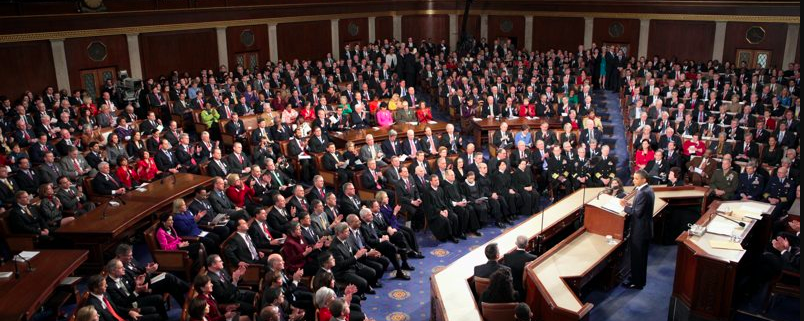Forget tweaks to our political system, it’s time to implement proportional representation
If the past four years have taught us anything, it’s that there are major problems with our political system. I could list a dozen of them off the top of my head, but the one that sticks out is our winner take all electoral system.
In theory, in this type of political contest all a candidate needs is a simple majority of votes to win a political office. This is, after all, how it’s done at the state and local level. Sure, at the federal level we have the electoral college and it probably should be abolished, the bigger problem is that although the candidates with the most votes wins, it leaves everyone else who did not vote for the candidate disgruntled. This situation is referred to as the tyranny of the majority.
Although we might consider redistricting, taking on gerrymandering, reforming who is allowed to vote, and/or encouraging the expanded use of mail in voting, what we really need is some form of or complete adoption of proportional representation (PR).
In general, PR, works this way: when you vote, you cast your ballot not for a candidate, but for a political party that has a list of candidates. When the votes are tallied up, the seats in the representative body are allocated to the parties based on the percentage of the votes they earned among the electorate. Although there are several variations of PR, and understanding the differences among them is important and complicated, this system was used in two dozen cities in the United States during the first half of last century, and has been adopted in about eight-five countries.
Here is a hypothetical example. Let’s say your party earned 20 percent of the votes and there are 10 seats in the representative body. That means, in general, your party is allocated 2 seats. Meanwhile each party has their own rules about determining who those people in their party will serve in the legislature. In general, this same model extends to committees and heads of the bureaucracy. Some heads of the bureaucracy are staffed by one party while other parts of the administration is headed by a representative of another party. Yes there is competition, but there is also cooperation.
It’s not a perfect system, (general criticisms are that they favor coalition governments that are slow to get new policies, practices and legislation pass), it also means that the legislative bodies are more deliberative and on the whole it generally leads to system stability and a mechanism for all voices to be heard. Politicians must make compromises if they want to stay in power. There is a tension between the party and the person who occupies the position in the formal legislative body.
But the bottom line is in general proportional representation enables all qualified voters to have an equal chance to get their voices heard and less people are disgruntled with the outcome.











 Creative Commons
Creative Commons